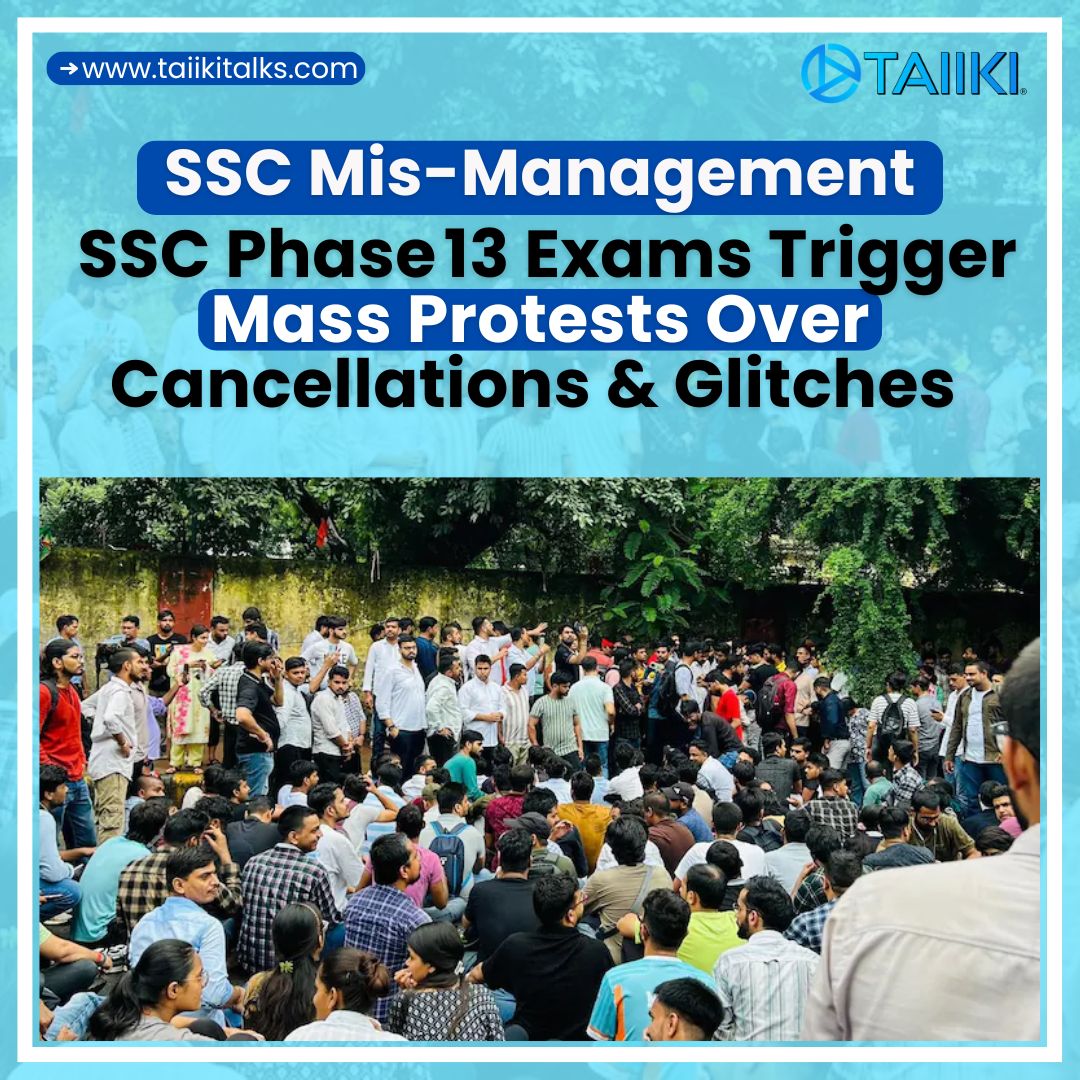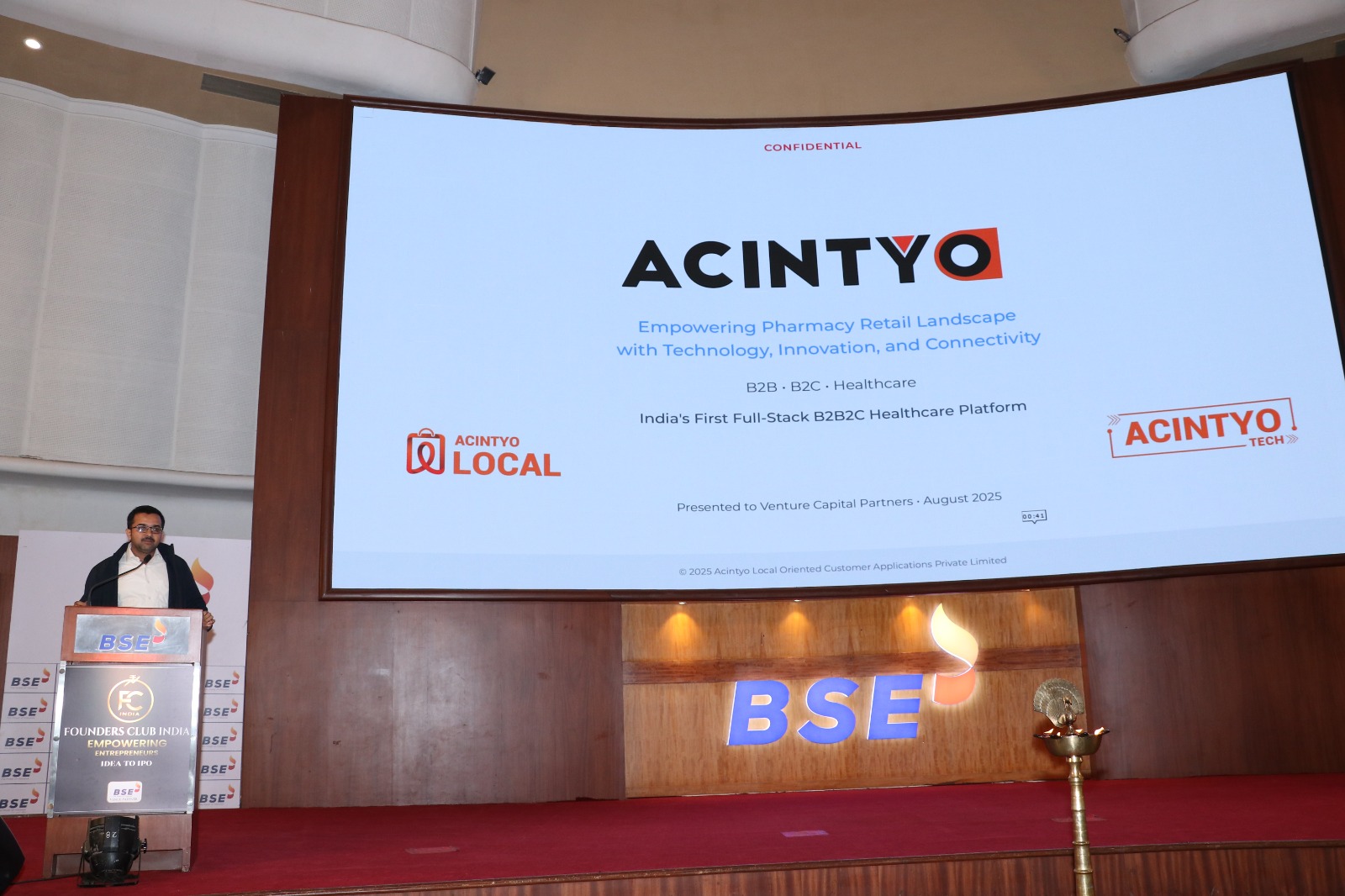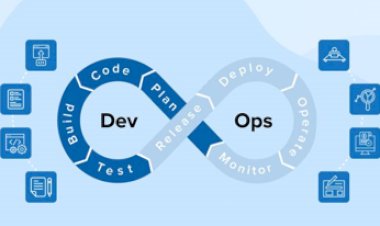The Evolution of IT Support: From Break-Fix to Proactive Maintenance
The landscape of IT support has transformed significantly over the decades. Initially focused on break-fix methods, where issues were addressed only after they occurred, IT support has evolved into a proactive maintenance approach. This shift has been driven by technological advancements and the increasing complexity of IT systems. Today, proactive maintenance ensures smoother operations, minimizing downtime and enhancing productivity.

The Break-Fix Era: Reacting to Problems
In the early days of IT support, the break-fix model was predominant. This approach involved waiting for hardware or software to fail before taking action to repair it. Companies relied heavily on IT support staff to diagnose and fix issues as they arose, often resulting in extended downtime and disrupted operations. This reactive strategy, while straightforward, was inefficient and costly, leading to increased frustration among both IT professionals and end-users.
The Rise of Managed Services: Anticipating Issues
The limitations of the break-fix model led to the development of managed IT services. This approach shifted the focus from reacting to anticipating potential problems. Managed Service Providers (MSPs) began offering comprehensive support packages that included continuous monitoring, regular maintenance, and updates. This proactive stance reduced the frequency and severity of IT issues, fostering a more stable and reliable IT environment for businesses.
Automation and AI: Enhancing Proactive Maintenance
The integration of automation and artificial intelligence (AI) has revolutionized proactive IT maintenance. Automation tools perform routine tasks such as software updates and system checks without human intervention, while AI-driven analytics predict potential failures and recommend preventative measures. These technologies enable IT support teams to address issues before they impact operations, significantly improving system uptime and efficiency.
The Future of IT Support: Predictive and Prescriptive Maintenance
Looking ahead, IT support is moving towards predictive and prescriptive maintenance. Predictive maintenance uses data analytics to forecast when IT components are likely to fail, allowing for timely interventions. Prescriptive maintenance goes a step further by not only predicting issues but also providing specific recommendations for addressing them. This approach leverages big data, machine learning, and advanced analytics to deliver even more effective and efficient IT support.
Conclusion:
The evolution from break-fix to proactive maintenance in IT support marks a significant shift in how businesses manage their technology infrastructure. By anticipating and preventing problems before they occur, companies can enjoy reduced downtime, lower maintenance costs, and improved productivity. Automation and AI are key drivers of this transformation, enabling IT teams to deliver more reliable and responsive support. As we move towards predictive and prescriptive maintenance, the future of IT support promises to be even more dynamic and efficient, ultimately leading to smarter, more resilient IT environments.






































Comments (0)